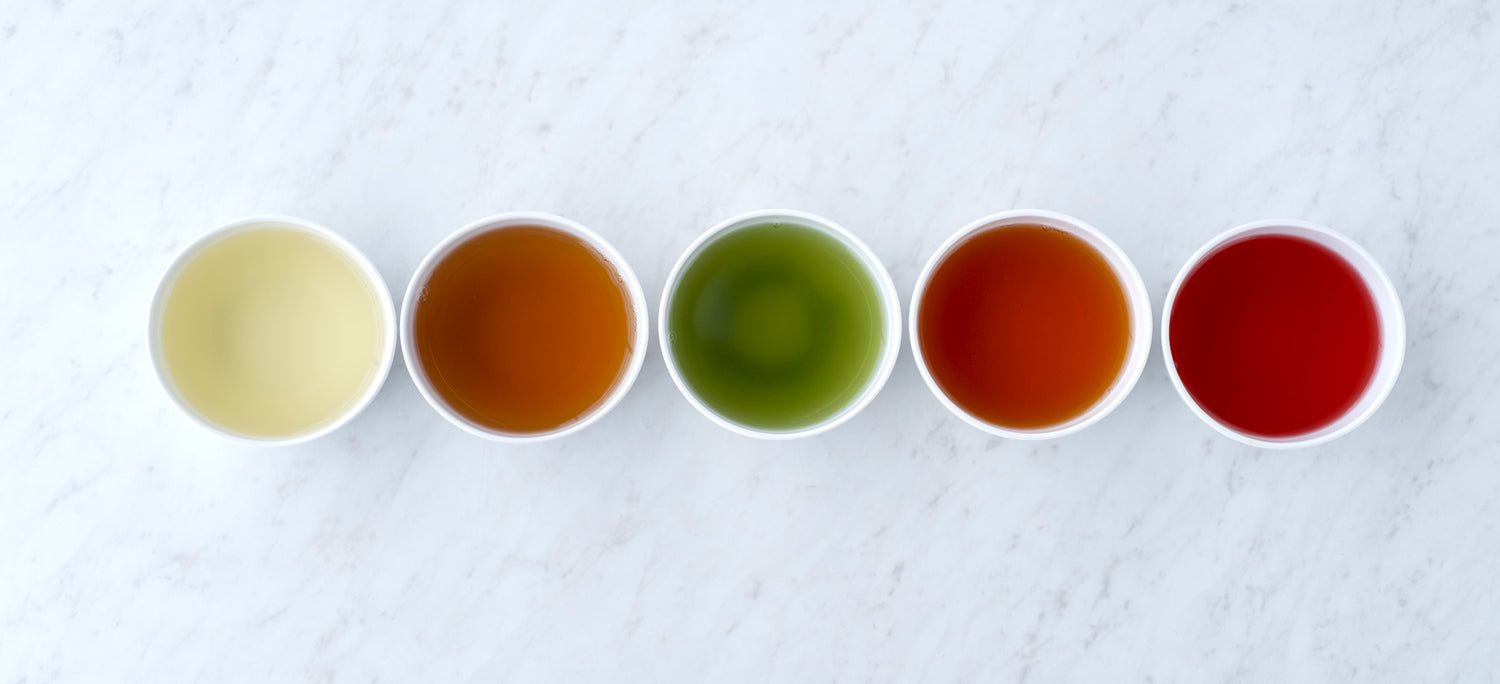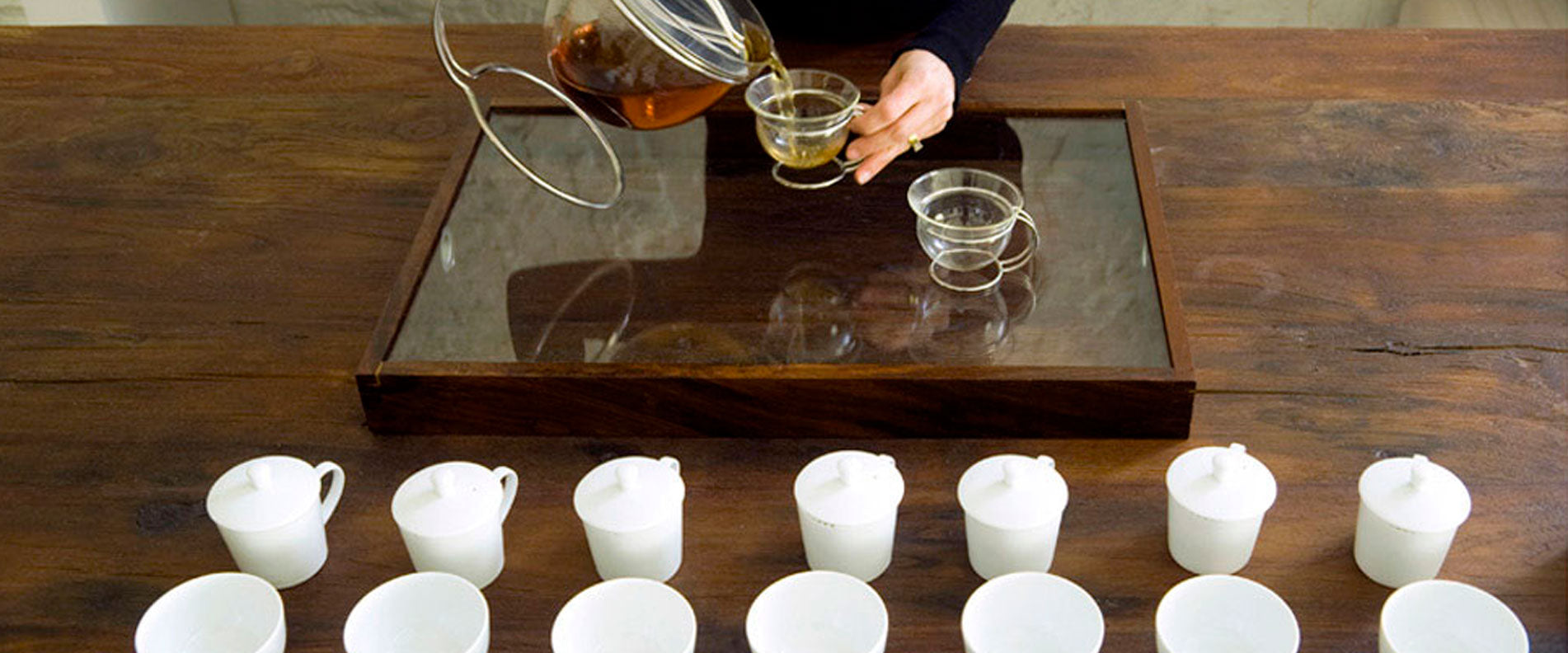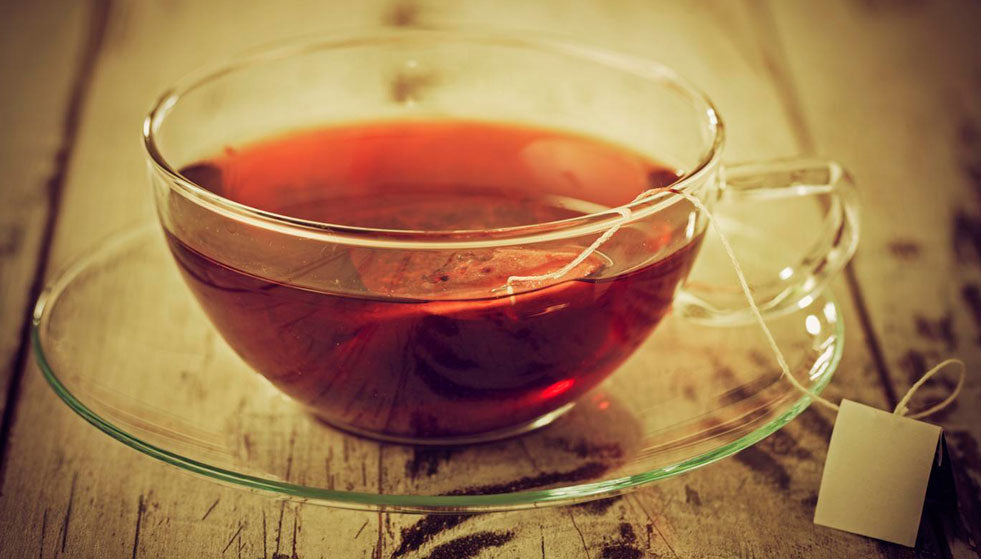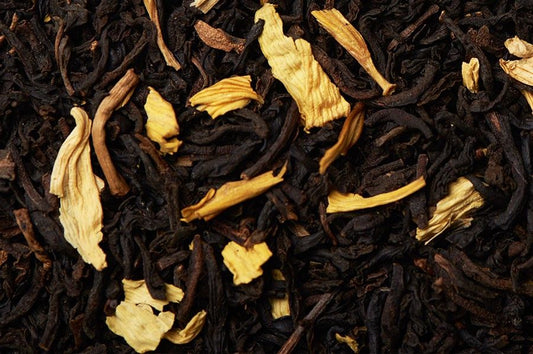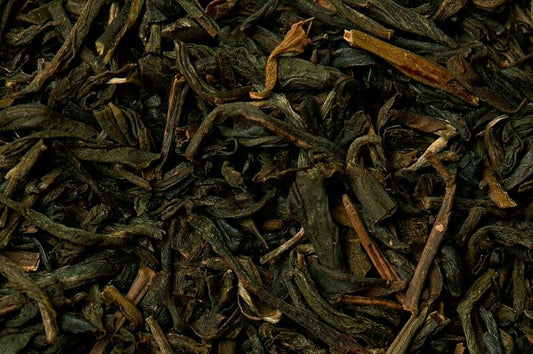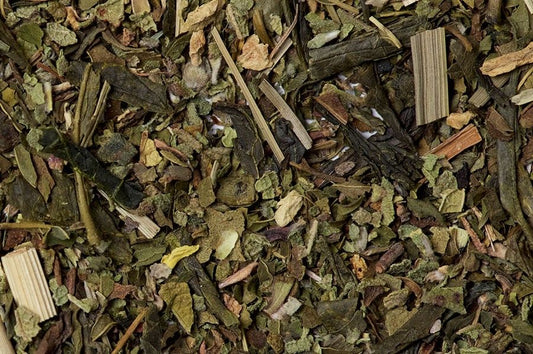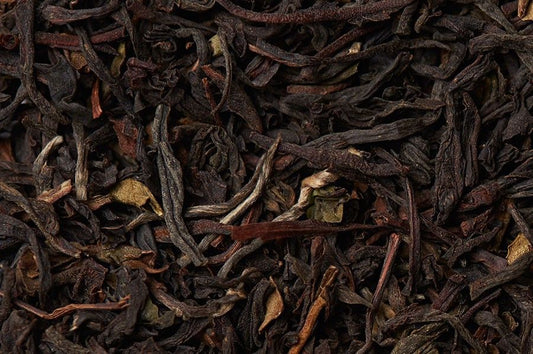Like fine wines, there are literally hundreds of grades, qualities and varieties of tea on the market today. Teas are sampled by tasting experts, known as tea-tasters, at least five times before they reach you.
Tea tasting is a time-honored ritual, and one that we think you’ll enjoy! Experiment yourself, or invite your circle of friends for an evening tea-tasting party! After all, tea tasting is an art—not a science!
First, lay the dry leaves in rows in small, individual containers on a “tasting bench.” Of course unless you’re an expert, your kitchen table will do!
Next, place an equal weight of each tea, (the British standard is 3 grams or one teaspoon) in special lidded brewing cups. Add boiling water, then cover. Regular cups with saucers on top will work for your purposes.
Place each “lidded” cup between an empty white china bowl and the container that holds the dry leaves of the sample. Any old bowl will do for you.
Brew very carefully, usually for 3 minutes.
Pour the brew into your tasting bowls, and put the infused leaf on the “lid” of your brewing cup so you can compare the leaves in the cover with the dry leaves, and with the tea itself.
Next, you’ll act just like a wine taster. Make sure your tea is cool enough not to burn your tongue. Slurp the tea sharply into your mouth so it hits your taste buds right away. Roll it around to assess the flavor, and then spit it out into a special “mobile spittoon.” Of course, you can just use a bowl, pot or even your sink. It’s not required that you spit out the tea, especially if you only taste a few.
Like the expert tea-tasters, evaluate each leaf’s color, shape and elasticity. Note its odor in the infusion, the tea’s aroma and color, and once it’s slightly cooled, its taste.
